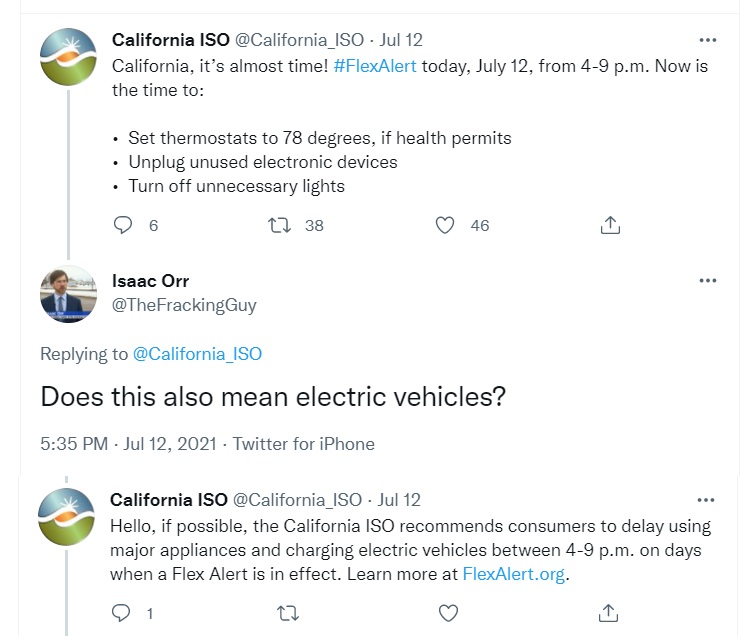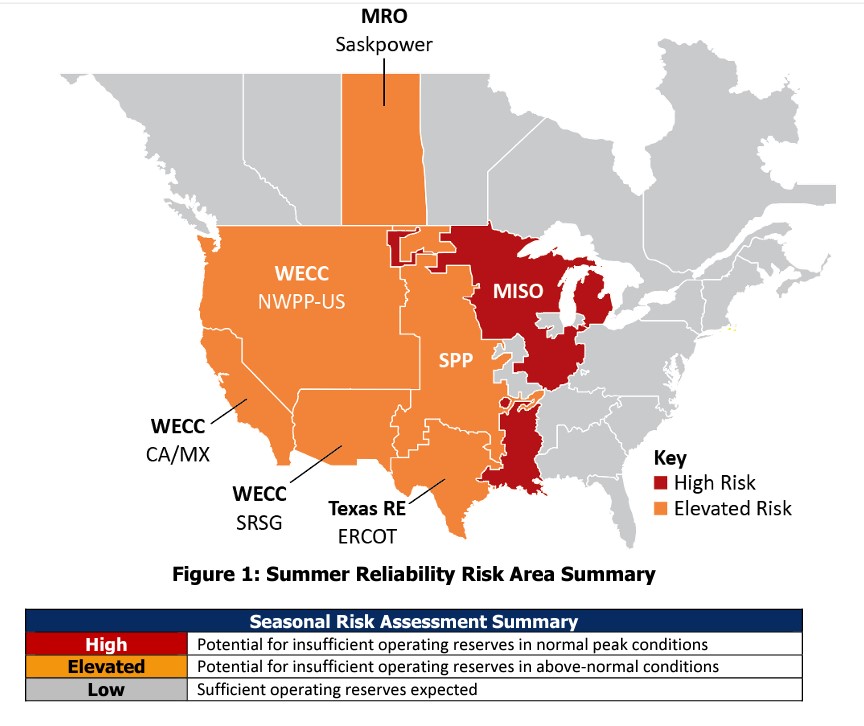California bans new gas engine sales by 2035
Today, the California Air Resources Board (CARB) is expected to vote on new regulations prohibiting the sale of new gasoline and diesel-powered cars and trucks by 2035. This vote will codify the Executive Order signed by California Governor Gavin Newsom, which has important implications for Minnesota.
California’s ban on the internal combustion engine
The new rules will effectively criminalize the sales of new gas or diesel-powered light-duty vehicles (think cars, SUVs, crossovers, and trucks) by 2035. The new regulations also have aggressive phase-in targets to meet along the way, including a requirement that 35 percent of new passenger vehicles sold by 2026 and 68 percent by 2030 be “zero emissions,” which usually refers to electric vehicles (EVs).
In addition to the new regulations on passenger vehicles, California also signed another executive order requiring all commercial trucks and vans sold in the state to be zero emission starting in 2045.
California “leading the way” to where, exactly?
Governor Newsom took to Twitter to claim that his ban on gas and diesel vehicles means California is “leading the way,” but it remains to be seen whether leading on this policy will have good or terrible results.
There are dozens of factors suggesting that California’s push for EVs will end up going wrong, including shortages and price increases for the copper, nickel, lithium, and cobalt needed for electric vehicles, the fact that nearly all of these metals are processed in China, quality concerns over EVs, and most importantly, in my opinion, the need for a reliable electric grid to charge electric vehicles.
California’s electric grid is already straining to meet electricity demand because it has closed too many natural gas and nuclear power plants, and the Golden State is overly reliant upon imports of electricity from neighboring states.
As a result, California experienced blackouts in 2020 and has issued numerous “Flex Alerts,” which are effectively brownouts where the California grid operator pleads with people not to run their air conditioners, do their laundry, or charge their electric vehicles during periods of peak electricity demand.

These power shortages have occurred at a time when EVs only constitute 4.3 percent of registered vehicles in the state, according to statistics from Statista and Atlas EV Hub. According to the National Renewable Energy Laboratory (NREL), the electrification of transportation and other sectors will require a doubling of U.S. generation capacity by 2050. If California can’t keep the lights on now, the problem will only get worse as more EVs are mandated in the future.
Minnesota is (unwisely) repeating these mistakes
Rather than avoiding these obvious mistakes, Minnesota is repeating them. In 2019, Minnesota Governor Tim Walz instructed to Minnesota Pollution Control Agency (MPCA) to unilaterally adopt California’s car mandates for low emission and zero-emission vehicles.
These controversial rules were finalized by MPCA in the summer of 2021 and are currently being challenged in the courts, but for now, they are the law of the land, and they may get even stricter in the coming years due to California’s decision to ban gas and diesel-powered engines.
When the MPCA adopted these rules, they included language that said they would adopt the rules “as is.” What exactly this means is a matter of interpretation. Some fear Minnesota would automatically adopt California’s new EV mandates, while the MPCA suggested the agency would have to do a whole new rulemaking to enact these changes.
In a hearing earlier this year, MPCA stated that the agency believes it has the regulatory authority to adopt any of California’s regulations on vehicles, including the 100 percent ban on gas and diesel-powered engines. This means regulators could seek to enact these regulations in Minnesota.
Doing so would be a terrible idea because the regional electric grid to which Minnestoa belongs, the Midcontinent Independent Systems Operator (MISO), is at the highest risk of blackouts in the country this summer. MISO warns that the shortfall of reliable capacity on its system could grow from 1,200 megawatts (MW) this year to 10,900 MW by 2027, five short years away.

Mandating more electric vehicles on the road at a time when the state is pushing to shut down reliable coal and natural gas plants to indulge in an energy fantasy of a grid powered by wind, solar, and battery storage will end in skyrocketing costs and rolling blackouts.
Minnesota cannot enact the same policies as California and expect different results.